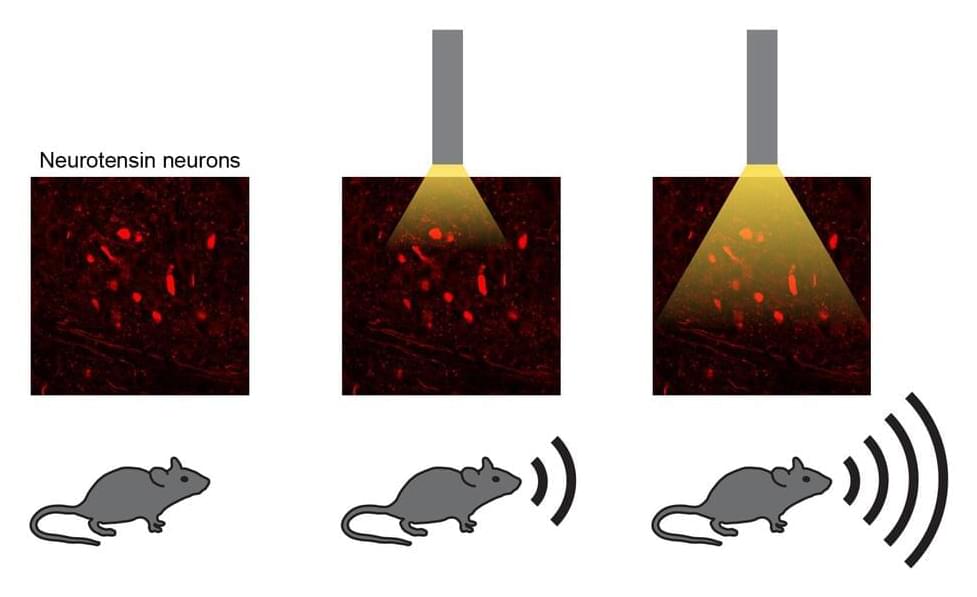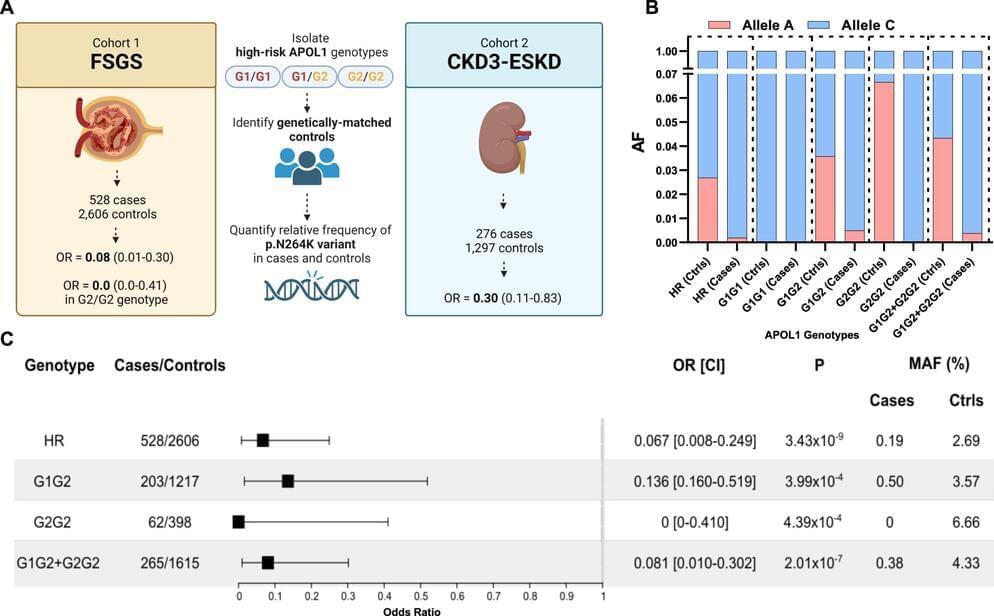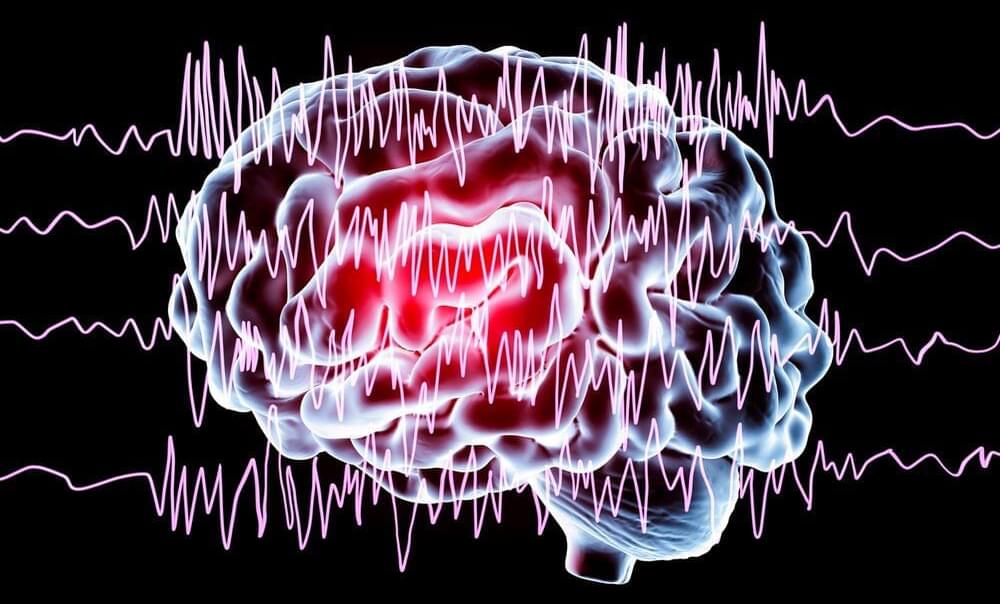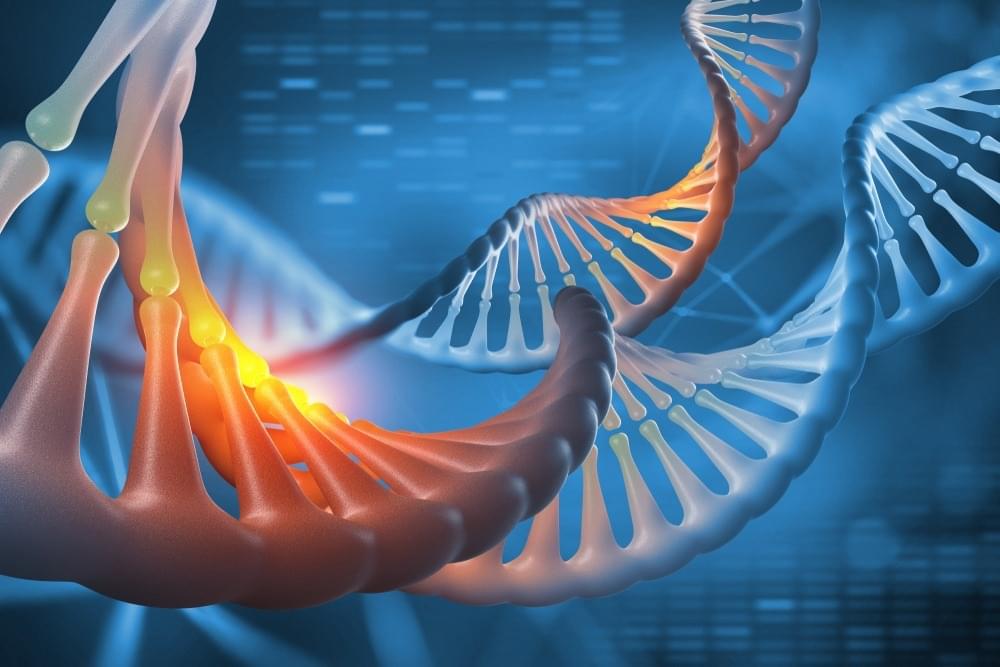Dec 14, 2023
Have we cloned human beings, if so, how does it work?
Posted by Shailesh Prasad in categories: biotech/medical, genetics
Cloning, a topic that has captured the imagination of many, continues to be a subject of scientific interest, ethical debates, and speculative musings. While its various forms and implications have been widely discussed, this article aims to provide an overview of cloning, present examples of successful cloning in different organisms, explore the mechanisms involved, and address the reports and speculations surrounding possible human cloning.
Understanding Cloning: Cloning is the process of creating an organism that is genetically identical to another individual. It can occur naturally, such as with identical twins, or it can be achieved artificially through scientific techniques. Artificial cloning techniques include somatic cell nuclear transfer (SCNT), where the nucleus of a donor cell is transferred into an enucleated egg cell, and reproductive cloning, which aims to create a living copy of an existing organism.


















